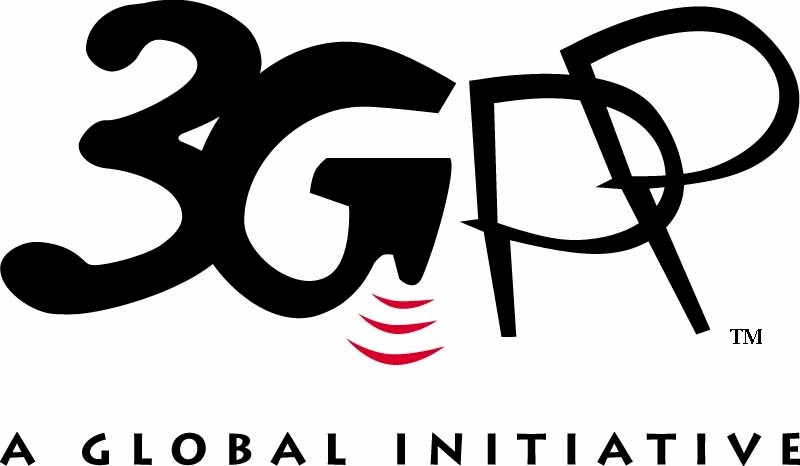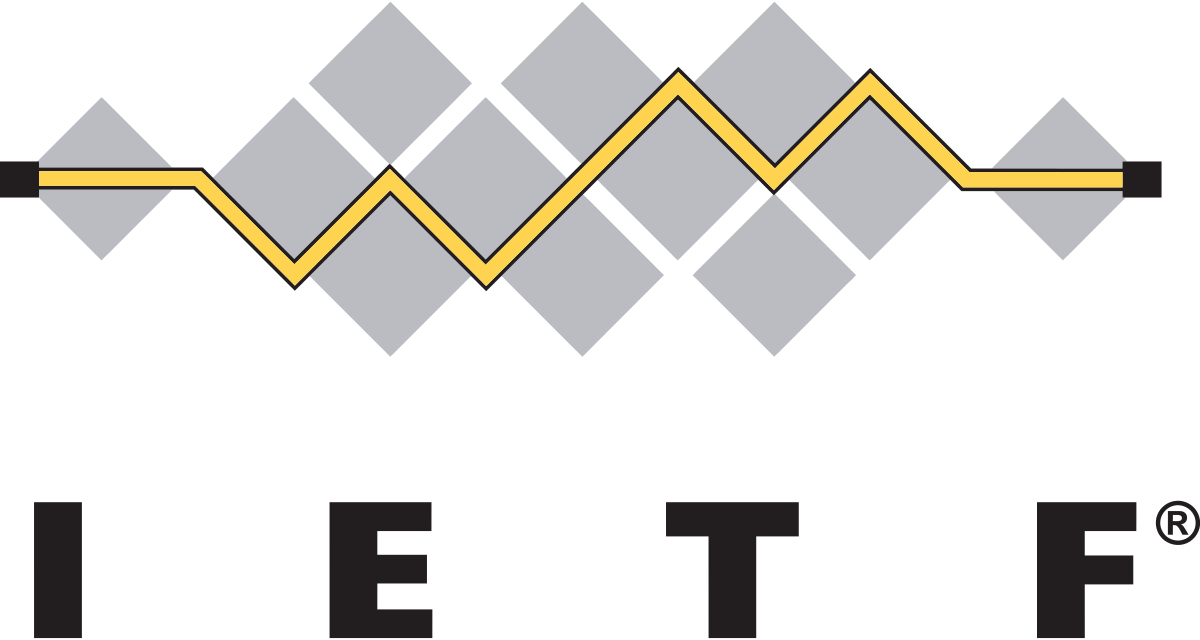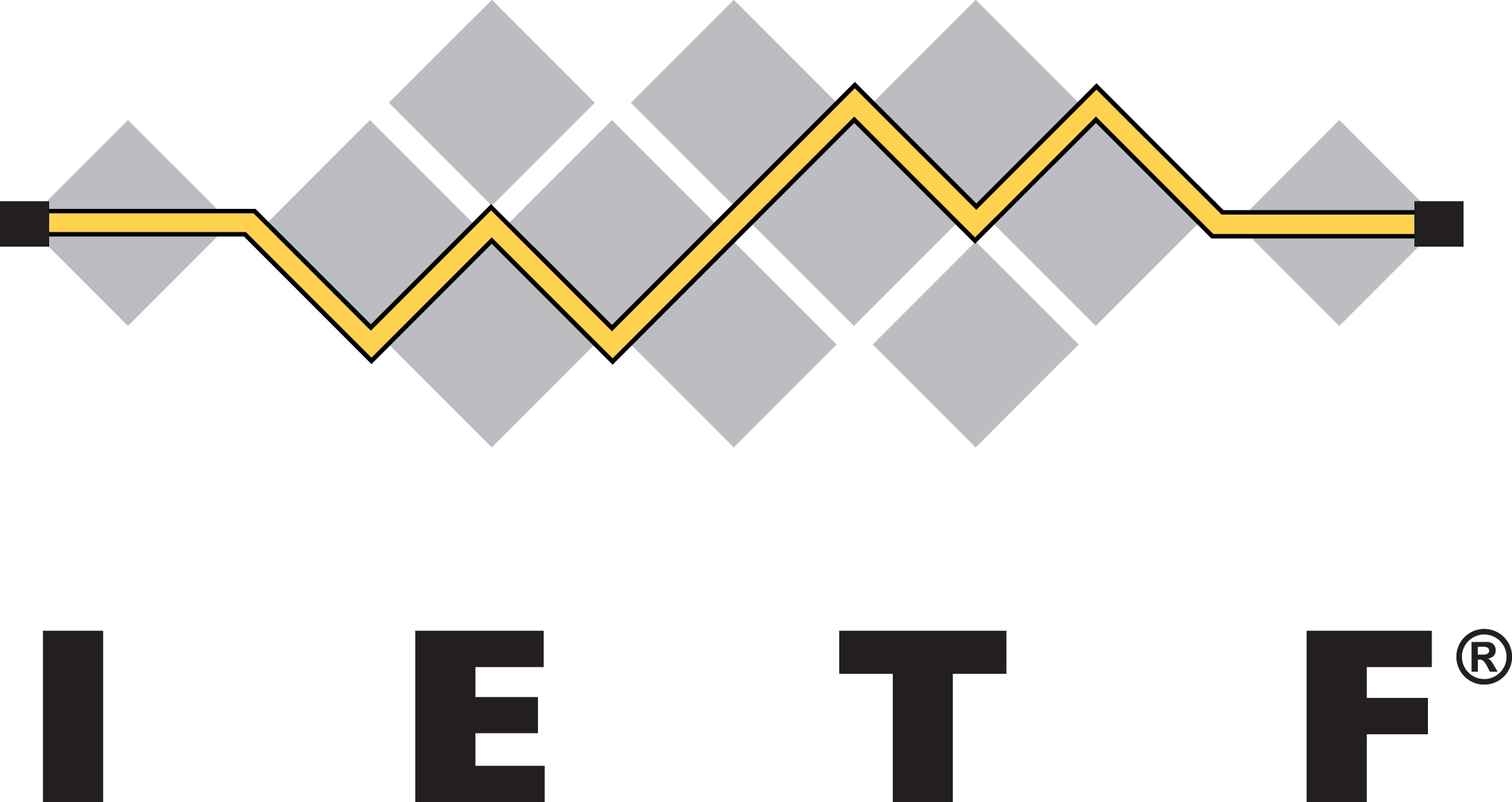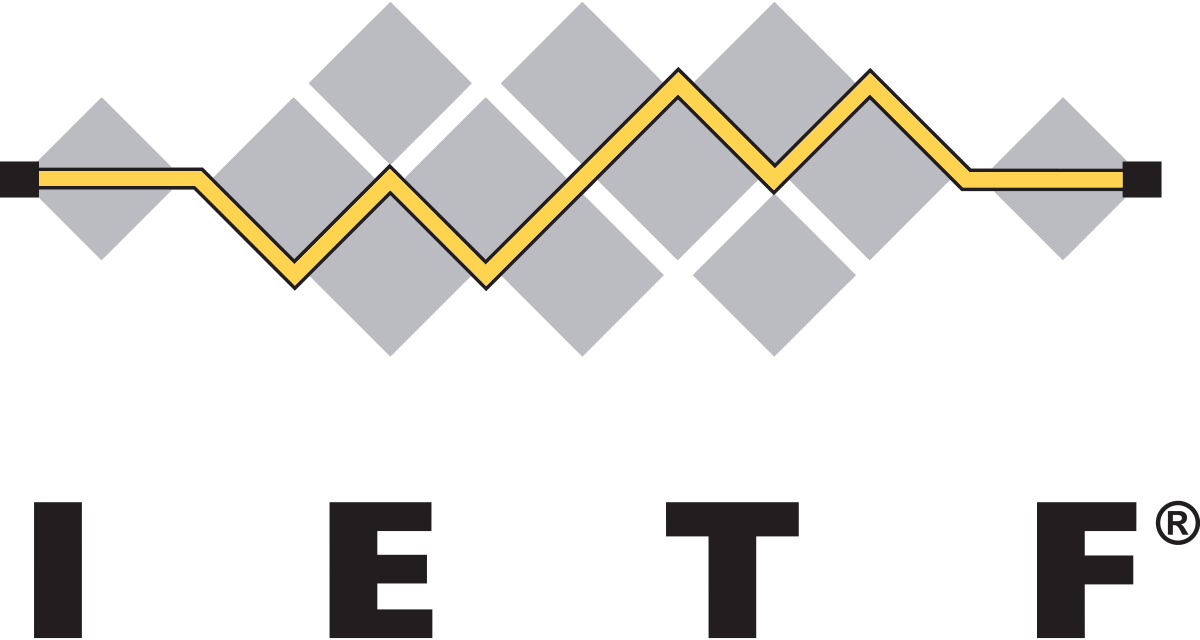Technical Committee (TC) Digital Enhanced Cordless Telecommunications (DECT)
We are responsible for the development and maintenance of DECTTM standards.
ETSI’s DECT specification is the leading standard around the world for digital cordless telecommunications. Over 1 billion devices have been installed worldwide: the system has been adopted in over 110 countries and more than 100 million new devices are sold every year. As the number one cordless system in Europe and the USA, DECT products now account for more than 90% of the world’s cordless market. They are also sold in Japan, where a legislative change has provided more spectrum for license-exempt operation.
At the same time, the specification is being enhanced to include Ultra Low Energy (ULE) products. ULE is the name given to the new networking technology for residential and building applications that is primarily driven by a low power requirement for battery-operated devices. DECT ULE enjoys all the advantages of the DECT spectrum and technology as well as adhering to the technical parameters for the Internet of Things.











